- +91 9511117684
- shweta@dataman.in
Introduction to Business Intelligence
Business Intelligence (BI) refers to the use of technology and data analysis techniques to transform raw data into meaningful & actionable insights. BI is designed to help organizations make informed business decisions based on data-driven insights. It enables organizations to extract information from their data sources, such as databases, data warehouses, and cloud services, and transform it into reports, dashboards, and other visualizations that provide insight into business performance and trends. The use of BI enables organizations to make informed decisions based on real-time data and to optimize their operations, improve customer engagement, & drive growth.
Our Key Concepts of
Business Intelligence
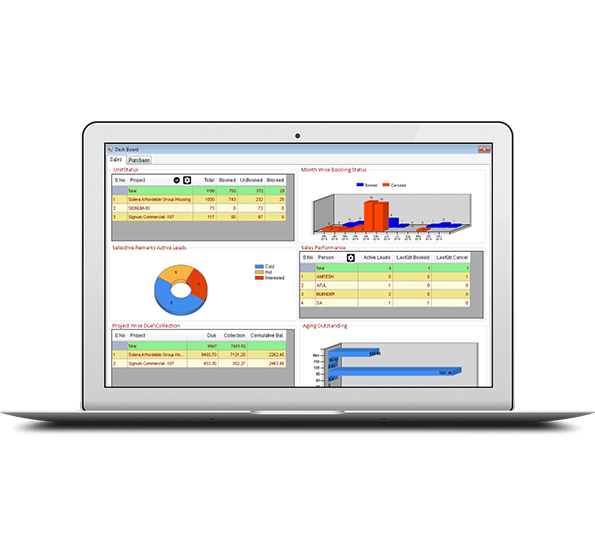
The process of collecting and organizing data from multiple sources into a single, centralized repository for analysis and reporting.
The process of using algorithms and statistical models to uncover patterns and relationships in large data sets.
The use of data, statistical algorithms techniques to identify the likelihood of future outcomes based on historical data.
Tools and techniques used to present data in an interactive and visually appealing manner, often in the form of charts, graphs, and heat maps.
The process of creating a representation of a system or process, typically in the form of a diagram or flowchart, to help understand the relationships between different data elements.
The ability to access and analyse data in real-time, providing up-to-date insights into business performance and trends.
Use Cases of
Business Intelligence

Sales and Marketing Analytics

Financial Analytics

Supply Chain Analytics

Operations Analytics

Human Resources Analytics

Customer Service Analytics

Healthcare Analytics

Fraud Detection
Microsoft Business Intelligence Services
Business intelligence integration with other systems
Business Intelligence (BI) systems can be integrated with other systems to provide a more comprehensive view of data and to enable organizations to make informed decisions

Enterprise Resource Planning (ERP) Systems
BI can be integrated with ERP systems to provide a more comprehensive view of data related to finance, procurement, supply chain, and other business processes.

Customer Relationship Management (CRM) Systems
BI can be integrated with CRM systems to provide a more comprehensive view of customer data, including customer interactions, preferences, and buying patterns.

Supply Chain Management (SCM) Systems
BI can be integrated with SCM systems to provide a more comprehensive view of supply chain data, including raw materials procurement, production, and final product.

Human Resources Management (HRM) Systems
BI can be integrated with HRM systems to provide a more comprehensive view of employee data, including employee performance, turnover, and training requirements.

Healthcare Information Systems
BI can be integrated with healthcare information systems to provide a more comprehensive view of patient data, including patient behaviour, treatment outcomes, and resource utilization.
Our Power BI Integration Portfolio
Have done Integration of Power Bi with Microsoft Dynamics NAV, D365 Business Central, CRM, and did Embedded Power BI too
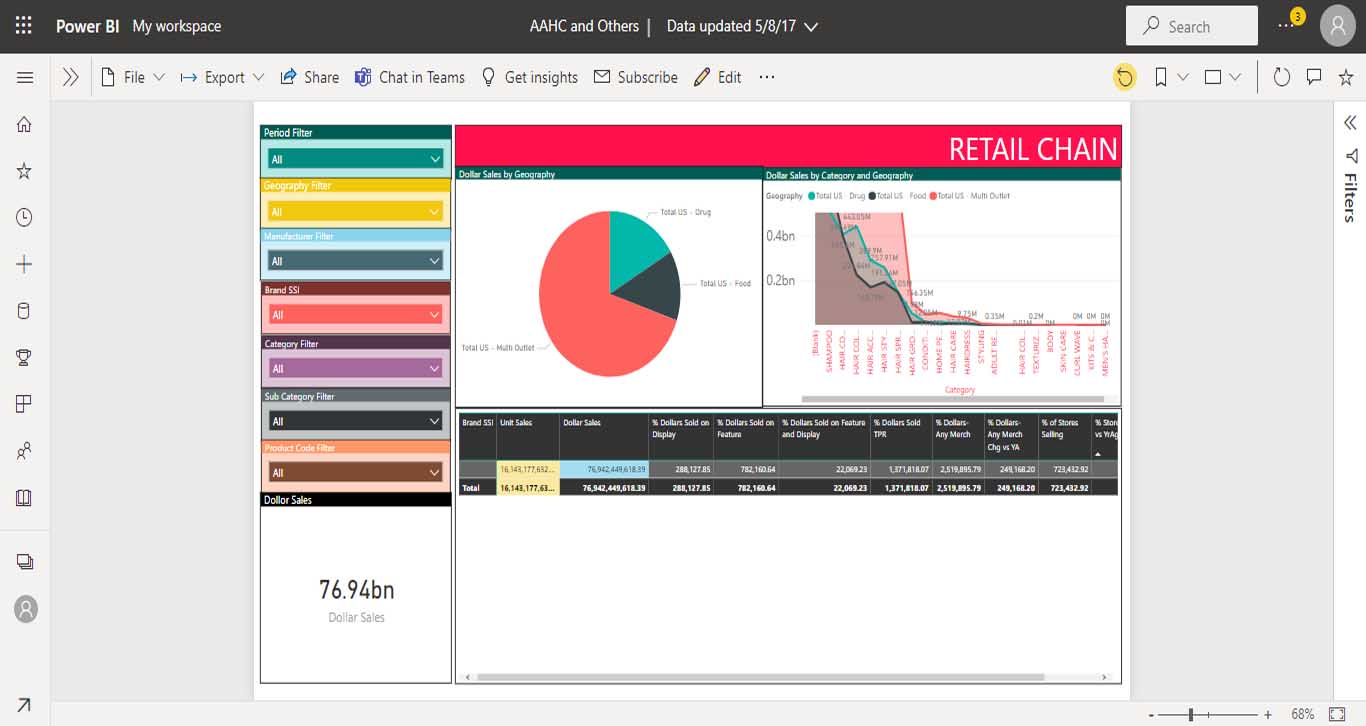
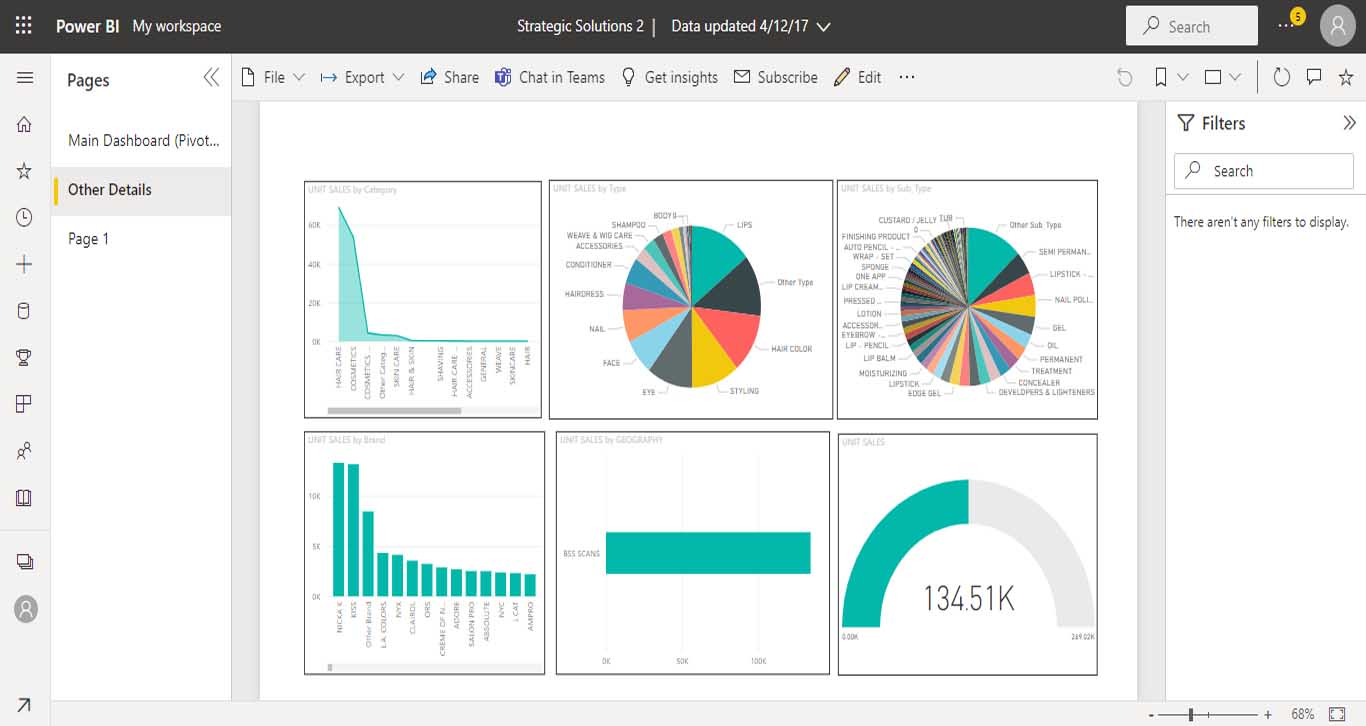
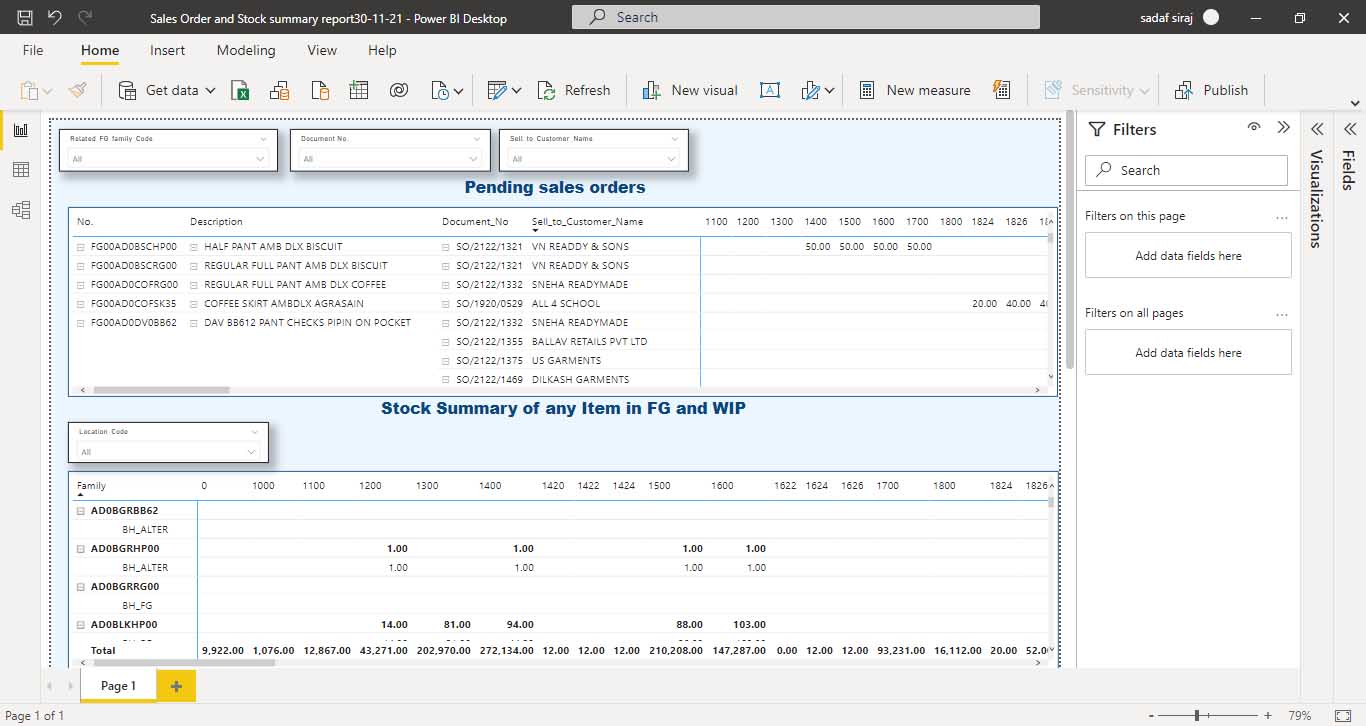

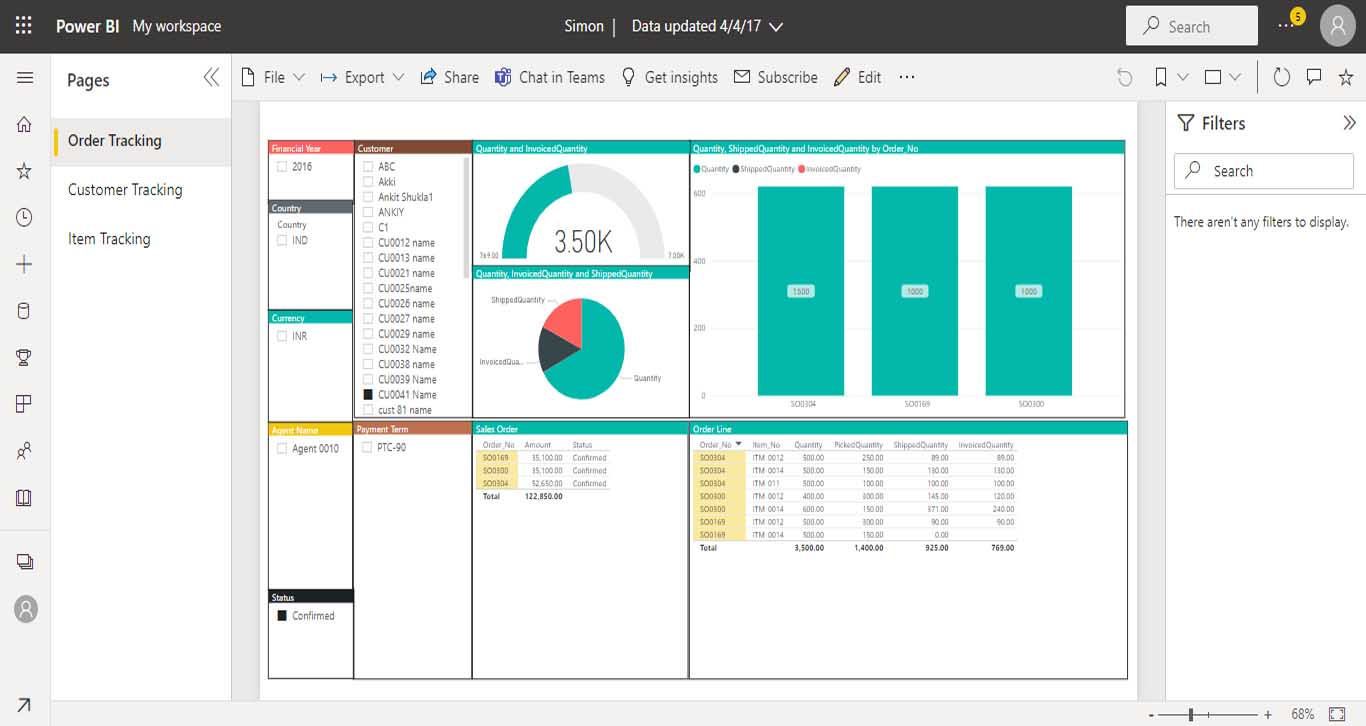

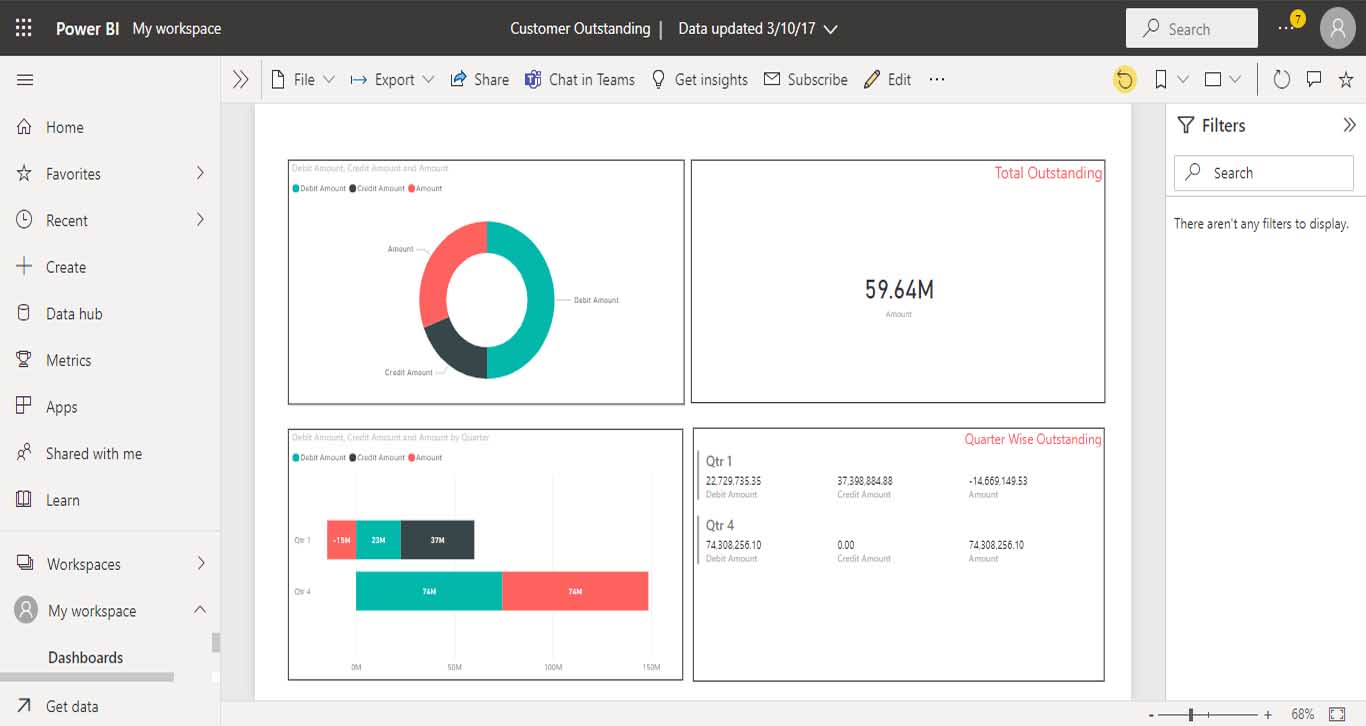

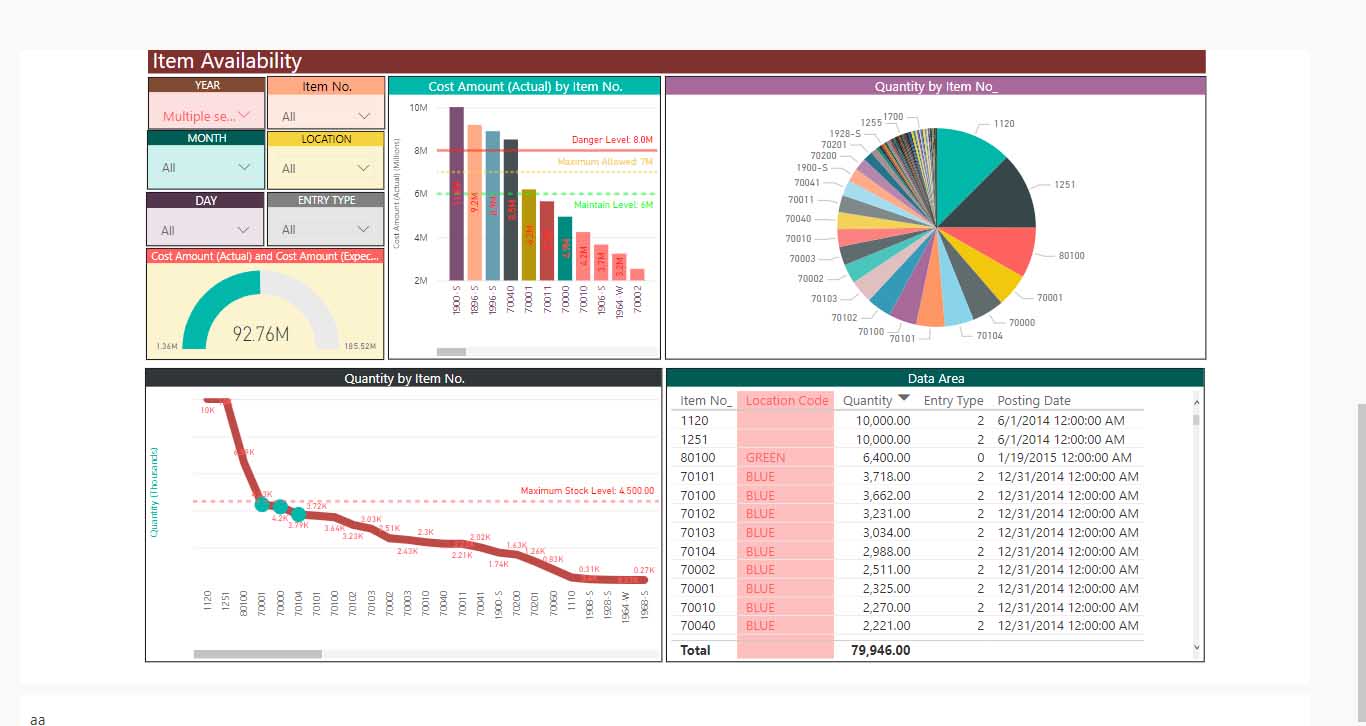
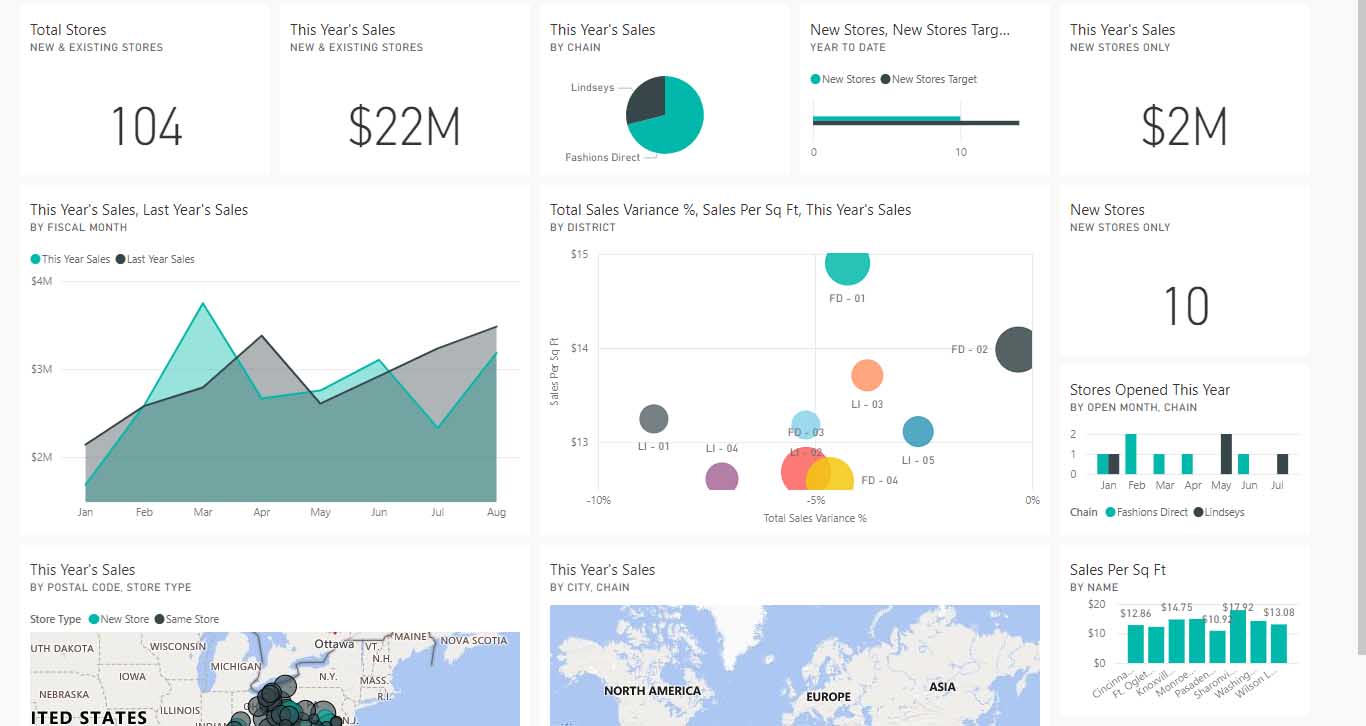

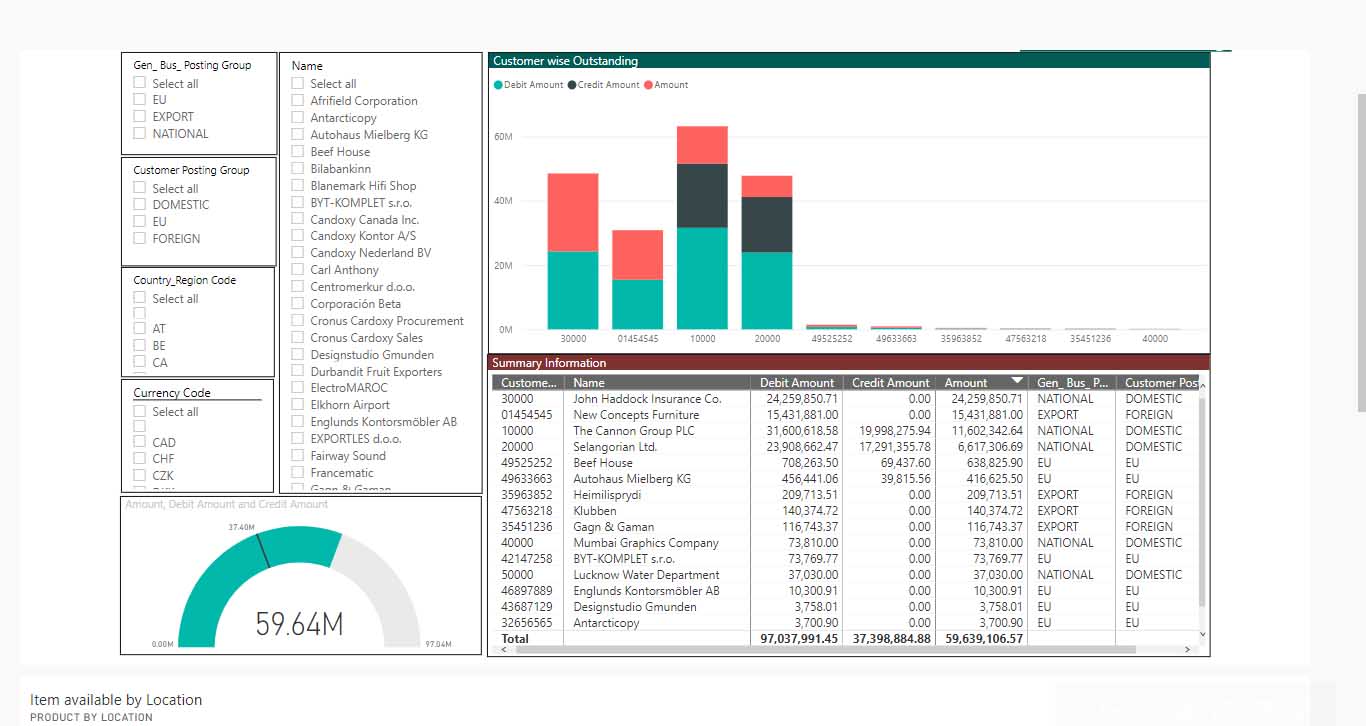
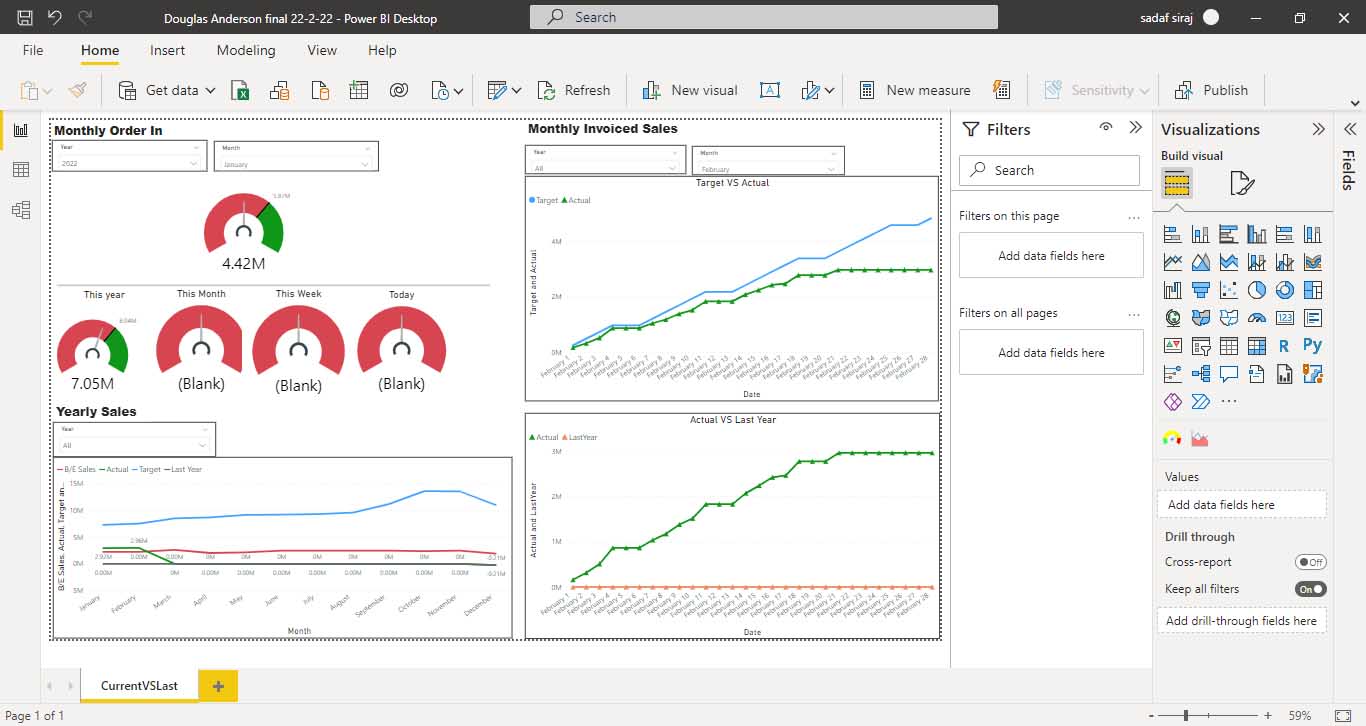
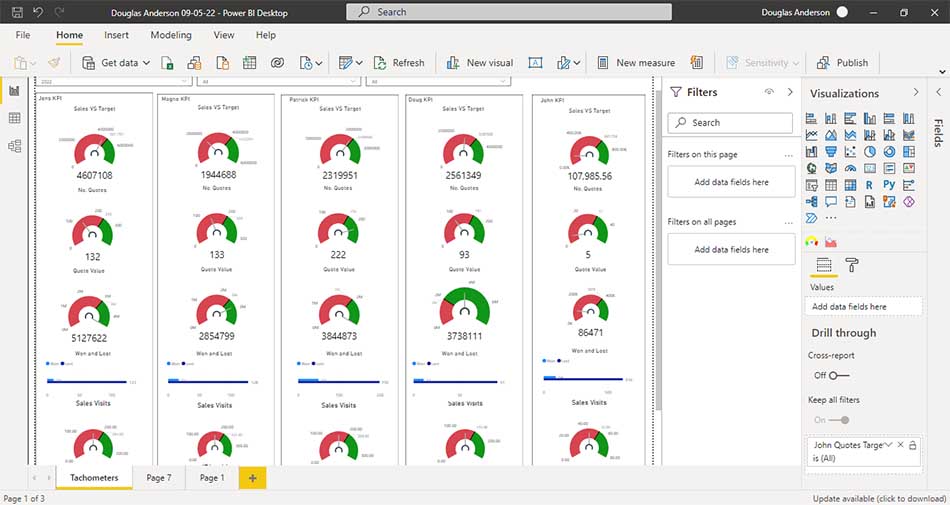
Data Visualization with POWER BI
Microsoft Power BI is a business intelligence tool that provides a range of data visualization and reporting capabilities.
Benefits of
Business Intelligence
BI enables organizations to make data-driven decisions, providing a comprehensive view of business performance and trends. This helps to minimize the risks associated with decision-making and increase the likelihood of success.
BI automates many manual processes, reducing the time and effort required to analyze data and make decisions. This can lead to increased efficiency and cost savings.
BI provides organizations with insights into customer behavior and preferences, enabling them to improve customer engagement and increase customer satisfaction.
BI provides organizations with a comprehensive view of business performance, enabling them to identify trends and patterns, and inform business planning and strategy.
BI enables organizations to share data and insights across departments and teams, improving collaboration and communication and reducing the risk of misunderstandings.
BI provides organizations with a transparent view of business performance, enabling them to identify and address potential issues quickly and effectively.
BI provides organizations with a competitive advantage by enabling them to make informed decisions and respond to market trends more quickly and effectively than their competitors.








